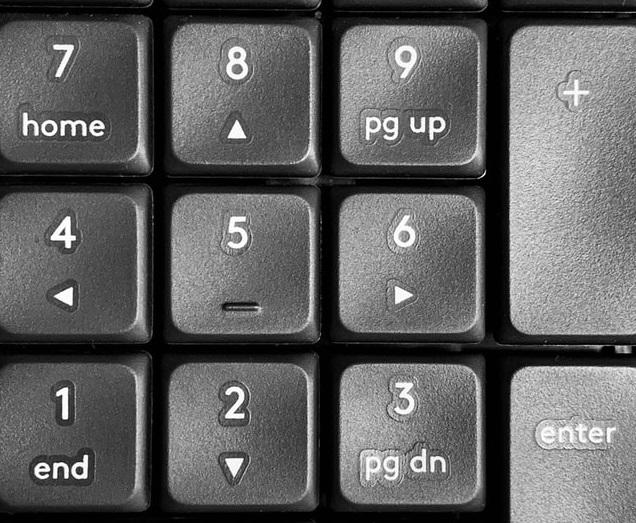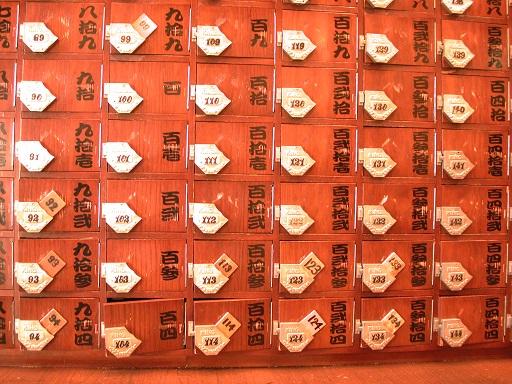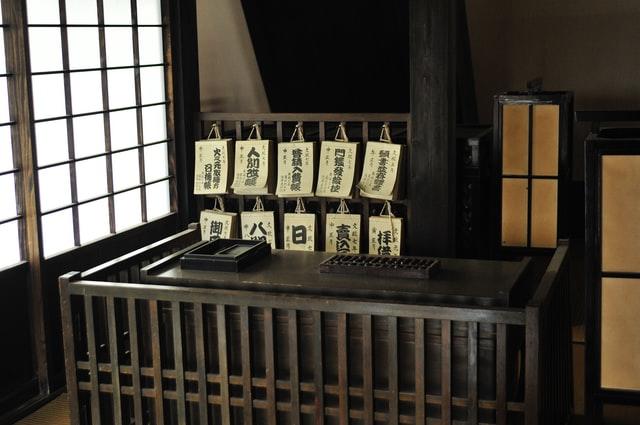If you are learning a new language, then you’ll know that knowing how to count is an important part of the process. Expressing ourselves in numbers is one of the most basic things we need to do to communicate and so it is with counting in Japanese.
It would be natural to think that numbers are universal in appearance and function, but in reality many languages and cultures have different relationships with numbers.
If you want to know more about Japanese characters, or reading numbers in Japanese, then this article is for you.

An Overview of Japanese Numbers
If you have ever landed at one of Japan's 88 airports or travelled on their extraordinarily precise rail system, you’ll know a little about numbers in Japanese.
Much like the rest of the world they use Arabic numerals right?
Of course!
Walk down a Japanese street and you will find prices written in clearly legible numbers. But don’t be fooled, this doesn’t mean that they are pronounced the same as English or any other country in the world.
Much like understanding names in Japanese, Japanese numbers are written in kanji and look like this:
- 1: ? pronounced ichi
- 2: ? pronounced ni
- 3: ? pronounced san
- 4: ? pronounced yon (or shi)
- 5: ? pronounced go
- 6: ? pronounced roku
- 7: ? pronounced shichi or nana - depending on its usage
- 8: ? pronounced hachi
- 9: ? pronounced ky?, (or ku)
- 10: ? pronounced j?
- nought (zero): ? pronounced zero or rei

Simply knowing these numbers is enough to help you get started if you want to read Japanese characters or learn how to start counting in Japanese, not only to 10 but all the way to 100. For counting in Japanese after 10, add the number over 10 to the right of the 10: For example ?? is nineteen. Counting beyond 19 means inserting the preferred value in front of 10 and also behind it: ??? means 37.
In Japanese, 100 is shown by ? (pronounced hyaku). Fortunately counting in Japanese beyond 100 follows a similar technique to counting up to 100: ????? means 237. So, if you only want to write 137, it simply means not putting anything in front of ?.
Interestingly, numbers in Japanese do not include the character for zero. For instance, if something was advertised as 101 it would be represented as ??; because there isn’t a need for the zero to mark the place of the absent 10's.
When deconstructed like this, Japanese numbers, unlike Japanese characters are logical and simple to understand. Of course, if you speak and read Mandarin, you will need to be careful because both Chinese and Japanese numbers look and perform the same way even though they don’t sound the same.
Reading Numbers in Japanese Versus Western Numbers
At first glance, it seems like there is not too much difference between western and Japanese numbers.

On the surface, there doesn't seem to be much difference between how numbers work in our language and in Japan. Actually, there are substantial differences.
Firstly, our 'tens' have unique names: twenty, thirty and so on. On the other hand, numbers in Japanese stay at 10, but with the multiplier in front of it.
Our 'teen' numbers have different names, too: eleven and twelve, before reaching form consistency at 13. By comparison, the Japanese way of saying 'ten-one' or 'ten-two' and 'ten-three' - all the way up to 'ten-nine', before it turns into 'two-ten', makes the English system seem unnecessarily complex.
In English, it is common to insert 'and' between the tens and hundreds of values: "The total is two hundred and three Rand," - as opposed to "I earned two hundred three Rand baking cakes today."
You'll find no such 'and' anywhere in Japanese numbers, regardless of the situation.
The greatest difference between the western and Japanese numbering systems is how they are grouped.
Think about how a large number in English would be written, for instance, 356 521. Where we count by the hundreds, most Asian cultures, which includes the Japanese, count by the thousands (? which is pronounced sen). The Japanese, when writing in Arabic numbers, would express the example just mentioned as: 35,6521
Finally, here is another example: 10,000 (?, pronounced man). Of course, this number certainly exists in our familiar western numbering, however, but it also lacks the clear differentiation it enjoys in Japanese.
For example, in South Africa you would say "I bought a car for R67 000". In Japan, the value would be expressed as ???? — six ten-thousands (and) seven thousands. If you are not used to reading numbers in Japanese, then it could take a while to get used to those numbers.
As you become more familiar with Japanese words and phrases, the more attuned you will become to counting in Japanese too!
Lucky and Unlucky Numbers in Japanese
You may have noticed in the section above that there are different pronunciations for some of the basic Japanese numbers. Two of those alternate pronunciations were in parentheses.
Some Japanese numbers can be pronounced differently depending on circumstances, however, the number pronunciations in brackets should be avoided as far as possible.
The 'shi' pronunciation for the number four sounds too similar to the Japanese word meaning death (?) and is therefore considered to be an unlucky number. In Japan, you will not see elevator buttons for the fourth floor or find a flat number four in an apartment building.
Nine is also thought to be unlucky because of its alternate pronunciation, ku, which relates to suffering and torture (?) – of course, this is not a concept that anyone wants to invite into their lives. For this reason, always be sure to use the ky? pronunciation when counting in Japanese.
The third number with an alternate pronunciation is nowhere near as menacing.
Seven, when counting in Japanese is pronounced as 'nana' and refers to someone’s age.
Another one to look out for when reading numbers in Japanese is Shichi which is used to refer to time and date. If you are thirty-seven years old, you would say san j? nana but if you are talking about the year 1987, then you would read the Japanese characters as sen ky? hachi shichi (????).
Sometimes, numbers will act as lucky charms and some people like to use them in business names or believe that living in a certain number apartments would be fortuitous. Interestingly, those numbers are all prime.
The Japanese characters for 3, 5 and 7 are believed to be especially lucky. If you're the third child in a family, then you are considered lucky, especially when your name contains the Sanyu character (?).
Even the Japanese alphabet plays a role when it comes to good fortune, but that’s a topic for a whole different article.

Characters in Japanese for Measuring
In English, it is quite common to say there are six of us at the beach, however, in Japan, this would sound puzzling.
Japanese demands measure words every time a number is used so, rather than going for a coffee, you would actually go for a cup of coffee (??; ippai - one cup). In describing your family, rather than assuming the 'us' in the sentence is people, you have to actually state 'people' - rokunin (??) meaning the 6 people in your household.
Also, -nin is the suffix meaning of more than two people. To describe one or two people, you would need to attach the suffix -ri to hito or futa, resulting in words like hitori and futari.
For items other than people, measure words are based on physical appearance or the function of the object that is being discussed.
For example, thin, blade-like objects or paper are designated -mai (?) while round, long or cylindrical objects are given -hon (?).
As for the cup example given above?
Other measures include things like time: -gatsu (?) or months, -nichi or -ka (?) and (?) for minutes.
If all of this sounds confusing and you are still learning the basics of Japanese, you will be relieved to know that the universal measure word for just about everything is -tsu (?). You can use this if you are new to Japan without fear of being mocked. For example, you could ask for a hitotsu of coffee - 'a thing of coffee' rather than a cup of coffee.
The main thing to remember is that a measure word should always come after the number and object that it is describing. That will turn your request for a cup of coffee with sugar into Sat?-iri k?h? ippai (??????????).
Enjoy!















